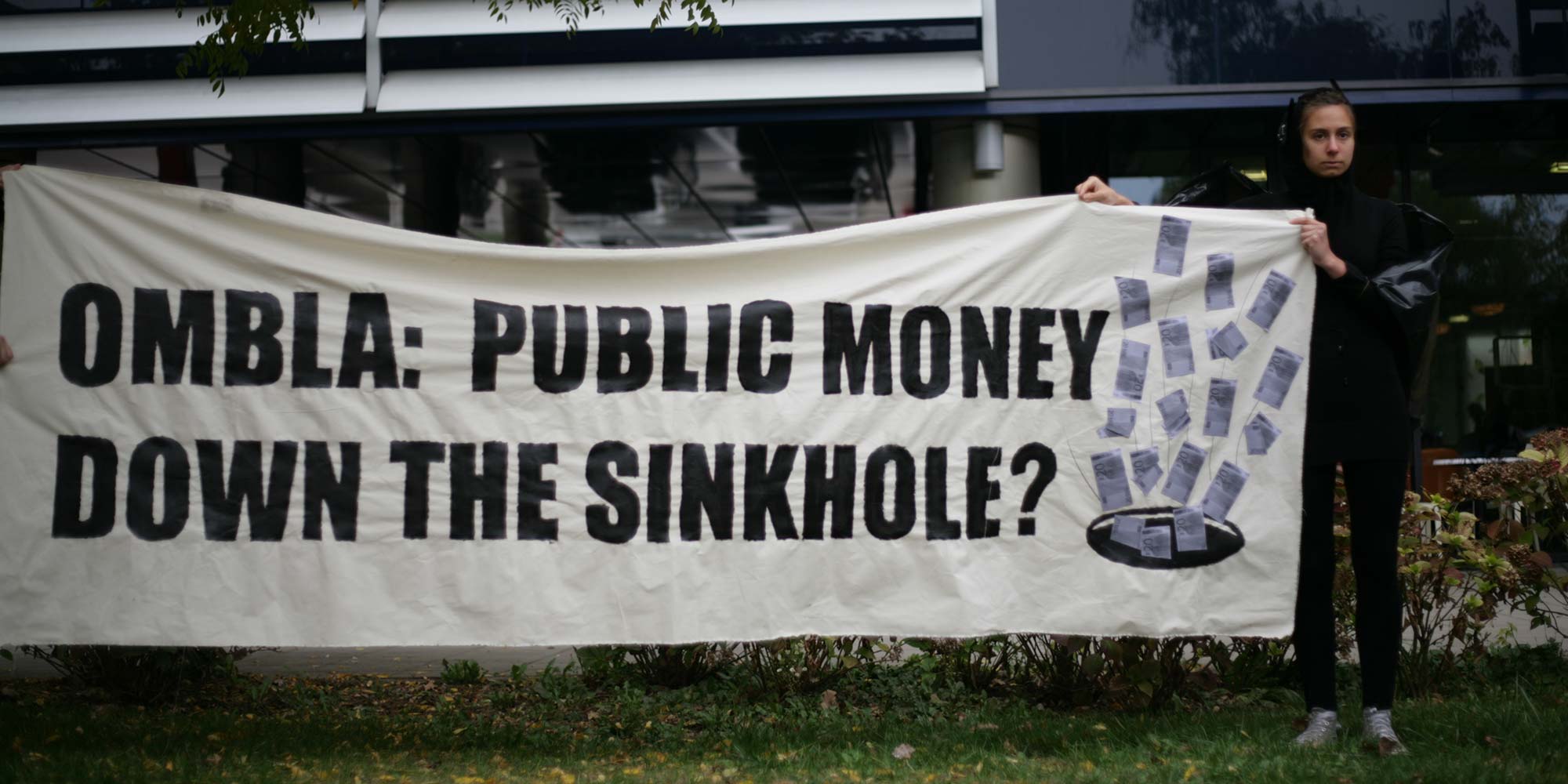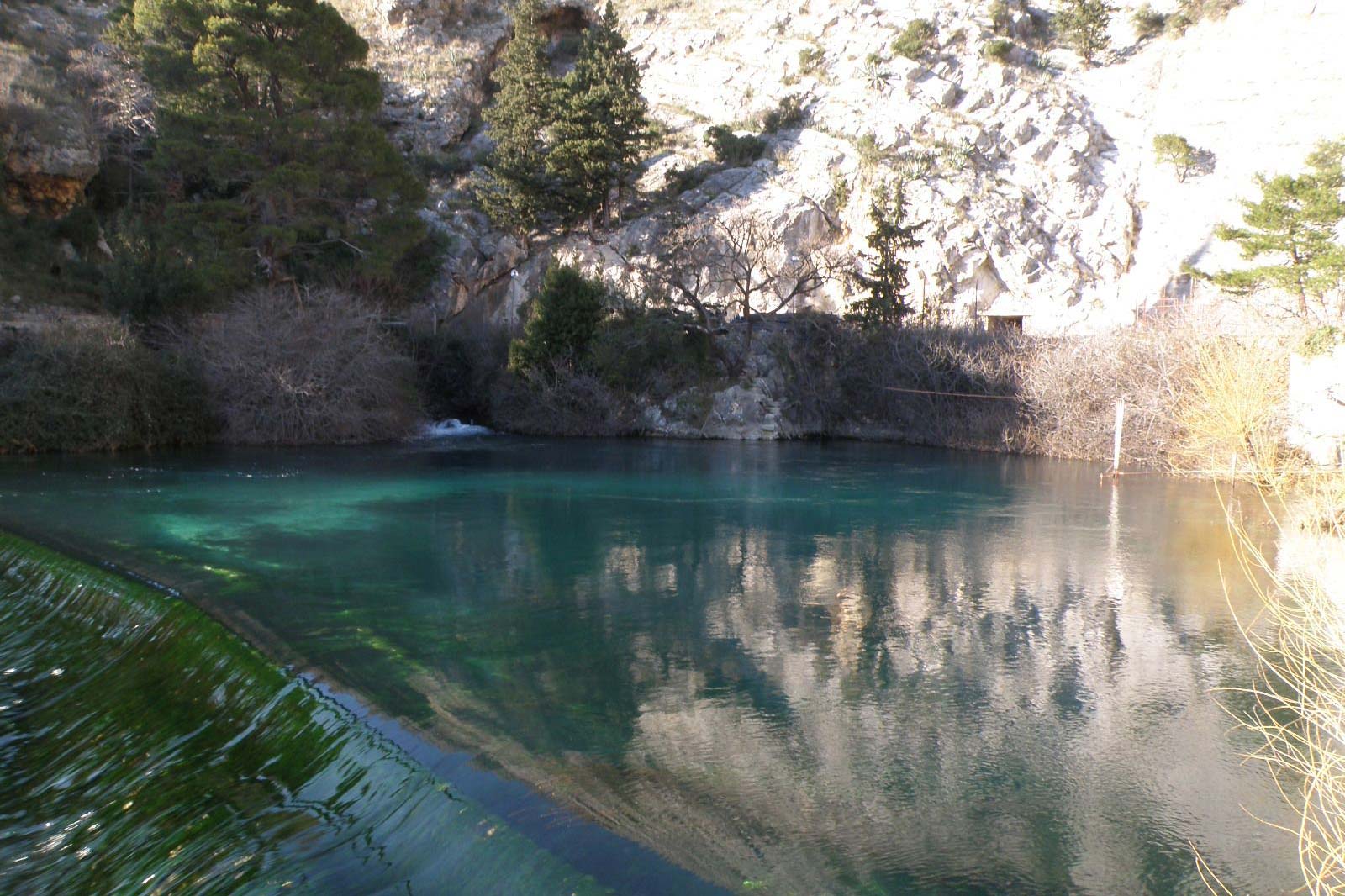Ombla hydropower plant, Croatia
An underground hydropower plant was planned in a natural habitat of global significance. The project’s assessments were plagued by oddities and could not be considered complete. Despite all of this, the EBRD initially approved a EUR 123 million loan. In May 2013, under increasing pressure from civil society groups, the EBRD eventually pulled out of the project.
This is an archived project. The information here may be out of date.
Learn more about our current projects and sign up for the latest updates.

Stay informed
We closely follow international public finance and bring critical updates from the ground.
Background
The legality of the project was disputed as the Environmental Impact Assessment dated from 1999, contrary to Croatian legal requirements. The EBRD had approved a EUR 123 million loan for the project (November 2011) in spite of this, but withdrew from the project in May 2013. (See their response (pdf) to an open letter from civil society groups.)
With the loan, the project lost most of its financing (the total costs were estimated at EUR 152,4 million) and thus its chances of going ahead were drastically reduced. Civil society groups led by Zelena akcija called on the Croatian government not to go ahead with the project.

It is obvious that the construction of a large underground dam will have serious impacts on the whole karst water system, which includes various channels whose exact routes and their links to one another are not well understood.
More details in an 2011 open letter from civil society groups to the EBRD
Impact on protected areas
The Ombla hydropower plant would be built in the vicinity of the Vilina Cave, near the spring of the Ombla river – a natural site of special significance:
- Underground karst rock formations that are associated to the spring contain a water system that runs for many kilometres through relatively soft and porous limestone rock.
- The area is home to a unique subterranean fauna: five species of protected bats; the fascinating proteus anguinus (sometimes known as the ‘human fish’ because of its flesh-coloured appearance) and several kinds of aquatic cave snails.
The importance of the area has also been recognised internationally:
- The spring and the karst rock formations will be a Natura 2000 site when Croatia joins the EU in 2013.
- Croatia’s underground fauna and the threats to it have already been covered by the BBC in its Newsnight programme.
HEP claims that the Vilina Cave itself will not be flooded. But it is obvious that the construction of a large underground dam will have serious impacts on the whole karst water system, which includes various channels whose exact routes and their links to one another are not well understood.
Illegal Environmental Impact Assessment
The project’s Environmental Impact Assessment dates from 1999, making it illegal under Croatian law. A Natura 2000 impact assessment has not yet been carried out.
Nonetheless, HEP, the Croatian government and the EBRD have rushed to get the project approved. (That a Natura 2000 biodiversity assessment is carried out is now a condition under the loan agreement.)
In response to this inexplicable hurry to approve the project before it meets EBRD standards, Zelena akcija has submitted an official complaint to the EBRD (pdf).
Farcical project assessment
The technical assessment of the project by the EBRD has been quite bizarre: French consultants Tractebel were hired by the EBRD to examine the project and wrote a rather critical report saying that the project was technically risky and financially and economically unfeasible:
Undertaking the project in full, as designed at present, carries a high risk of the project not achieving its objectives. (p.9-10)
The project fails to recover both investment outlays and recurrent costs, in fact yielding a considerable cost in commercial terms… the project could only be implemented if it was heavily subsidized by the government. (p.122-123)
The report furthermore stated that the project would only make a marginal contribution to the project’s declared aim of stabilising Dubrovnik’s electricity and water supply:
As the tourist season in Dubrovnik coincides with the dry season, the impact of Ombla on the development of tourism in terms of alleviating the water shortage and power deficit in summer time can be considered as peripheral. (p.127)
When the report was leaked to Croatian media and NGOs, HEP and the EBRD responded that it was only a draft (in spite of it being labelled “final”), that once the consultant had better understood the project the issues were solved.
People following the case have not been convinced by these claims.
Latest news
Skavica mega dam: Albanian court to scrutinise special law for U.S. contractor Bechtel
Press release | 21 September, 2023Nature conservation and human rights organisations have secured an important first milestone in the fight against the planned 210 MW Skavica hydropower plant in the Albanian municipalities of Kukës and Dibër.
Read moreChinese-built Dabar hydropower plant in Bosnia and Herzegovina set to destroy four Emerald and two Ramsar sites
Blog entry | 31 July, 2023If completed, the EUR 338 million project would violate a Recommendation of the Bern Convention No. 217 (2022) and leave tributaries of the Neretva river without water. People living in the Nevesinjsko karst field oppose resettlement and flooding of their houses and land.
Read moreBosnia and Herzegovina’s draft NECP: The good, the bad and the ugly
Blog entry | 20 July, 2023Bosnia and Herzegovina’s draft NECP finally looks to the future, plans no new fossil fuel power plants and significantly scales back unrealistic hydropower plans. But existing coal plants are to keep operating illegally and the draft is furtive about coal-to-biomass plans.
Read moreRelated publications
Complaint to the European Ombudsman regarding the EIB’s non-disclosure of information
Briefing | 14 May, 2019 | Download PDFThis complaint is based on the Memorandum of Understanding signed by the EIB with theEuropean Ombudsman allowing the complainants who are not satisfied with the outcome of the procedure before the European Investment Bank-Complaints Mechanism (EIB-CM)
Nenskra hydropower project: May 2019 update
Briefing | 14 May, 2019 | Download PDFGiven the complexity of the Nenskra project and its immense impact on indigenous Svan communities and the country’s fiscal stability, the EBRD should take responsibility and not provide financial support until the project is properly assessed. Read mor
Shuakhevi Compliance Review
Official document | 12 December, 2018 | Download PDFIn view of the considerable public resources invested in the Shuakhevi HPP project and in view of the negative impacts on local people’s safety and livelihoods, as well on local resources needed for sustainable development of the Adjara region and Geor
